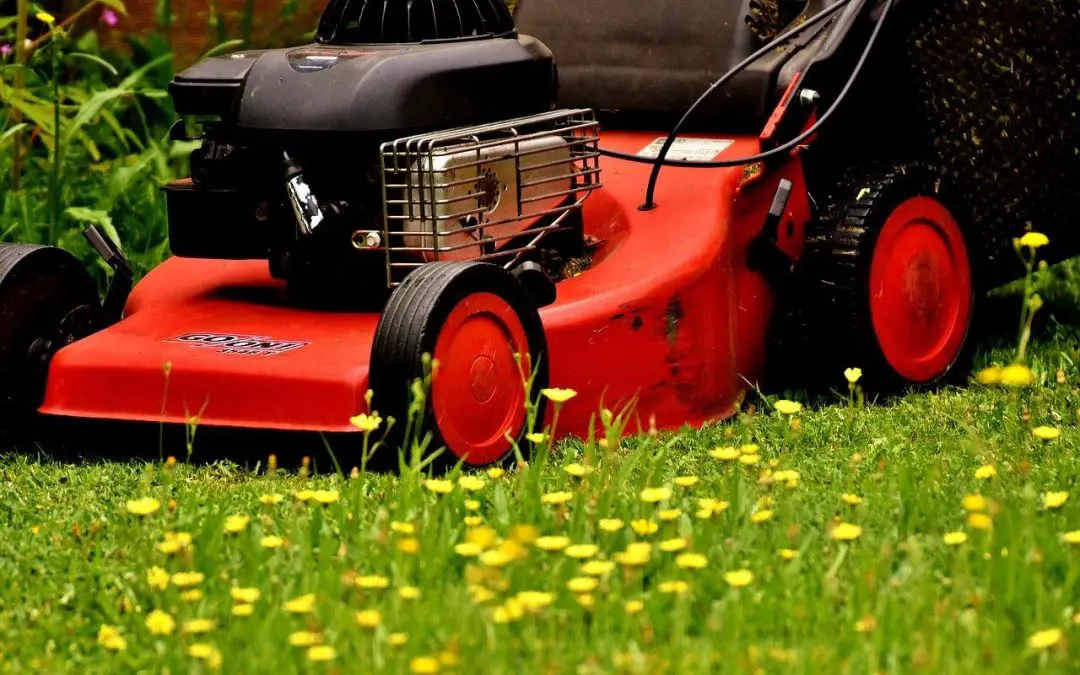As the chill of winter fades away, it’s time to turn our attention to the green canvas outside our homes: the lawn. After months of dormancy, your lawn is ready to awaken. With a little TLC, it can thrive into a lush, vibrant carpet of greenery. Spring lawn maintenance nurtures healthy grass, prevents weeds, and improves the curb appeal of your property. Let’s delve into some essential tips to revitalize your yard this spring.
1. Clearing Debris During Spring Lawn Maintenance
Before diving into any other tasks, start by clearing away debris accumulated over the winter months. Remove fallen branches, leaves, and any other clutter that may have settled on your lawn. This step allows for better air circulation and prevents potential issues such as mold or pest infestations.
2. Raking and Aeration
After clearing debris, use a rake to gently loosen and remove accumulated dead grass or thatch. Thatch, a layer of dead grass and organic matter, can hinder water and nutrients from reaching the soil. Once you’ve raked away the thatch, aerate your lawn. Aerating involves perforating the soil with small holes to allow air, water, and nutrients to penetrate deep into the root zone, promoting healthier grass growth.
3. Overseeding and Fertilizing
Overseeding is a crucial step in rejuvenating your lawn in the spring. It involves spreading grass seed over existing turf to fill bare patches and improve overall density. Before overseeding, consider testing your soil’s pH level and nutrient content. Choose a high-quality fertilizer tailored to your lawn’s needs based on the results. Applying fertilizer in the spring provides essential nutrients that support vigorous growth and help the grass recover from winter stress.
4. Weed Control and Spring Lawn Maintenance
Spring is prime time for weeds to sprout and compete with your grass for nutrients and sunlight. Take proactive measures to prevent weed growth by applying pre-emergent herbicides early in the season. These products create a barrier that inhibits weed seeds from germinating. For existing weeds, consider using post-emergent herbicides or manual removal techniques to keep them in check and maintain a pristine lawn.
5. Proper Watering and Mowing
Establishing a watering routine is crucial for the health of your lawn, especially as temperatures rise in the spring. Water deeply and infrequently to encourage deep root growth and drought tolerance. Aim for about 1-1.5 inches of water per week, either from rainfall or irrigation. Additionally, adjust your mower blades to the appropriate height for the type of grass in your lawn, and avoid cutting more than one-third of the grass blade length at a time. Regular mowing helps promote healthy growth and prevents the grass from becoming stressed.
Spring lawn maintenance sets the stage for a thriving and beautiful yard throughout the warmer months. So, roll up your sleeves, grab your gardening tools, and revitalize your lawn this spring.
Lawn Maintenance FAQs
What should I do about bare patches on my lawn?
Factors like heavy foot traffic, pet urine, and disease can cause bare patches. To repair them, loosen the soil in the patch, add grass seed, and cover with a thin layer of compost or topsoil. Keep the area consistently moist until the new grass is established.
What height should I set my lawn mower to?
The ideal mowing height varies depending on the type of grass you have. However, a good rule of thumb is to set your mower to leave grass around 2.5 to 3.5 inches tall. Taller grass shades the soil, helps retain moisture, and promotes deeper root growth.
Should I bag or mulch my grass clippings?
Mulching grass clippings is generally recommended, as it returns valuable nutrients to the soil and helps retain moisture. However, if the grass is excessively long or wet, it may be necessary to bag the clippings to prevent them from smothering the lawn.
How often should I mow my lawn?
Typically, mowing frequency depends on factors like grass type, weather conditions, and growth rate. A general rule is to mow when the grass reaches about one-third higher than its ideal height. For most lawns, this means mowing every 1-2 weeks during the growing season.
When is the best time to water my lawn?
Early morning is generally the best time to water your lawn. This allows the grass to absorb moisture before the heat of the day evaporates it. Avoid watering in the evening, as leaving the grass wet overnight can promote fungal diseases.
JW Goad Home Inspections provides professional home and commercial inspections to customers in Clarksville and the surrounding areas in Tennessee and Kentucky. Contact us to schedule an appointment for our services.

